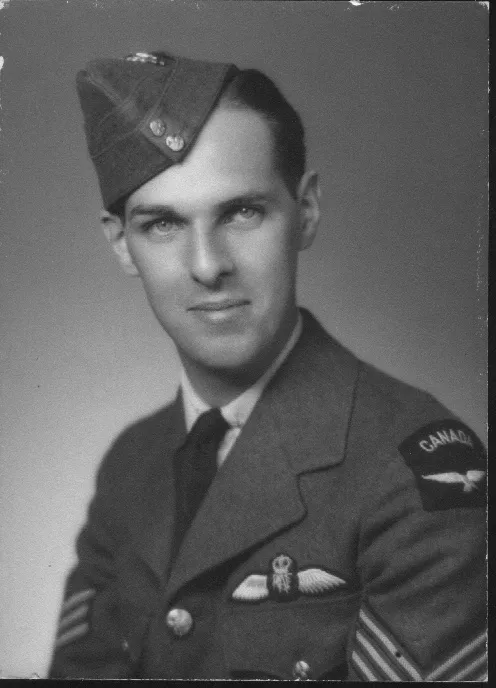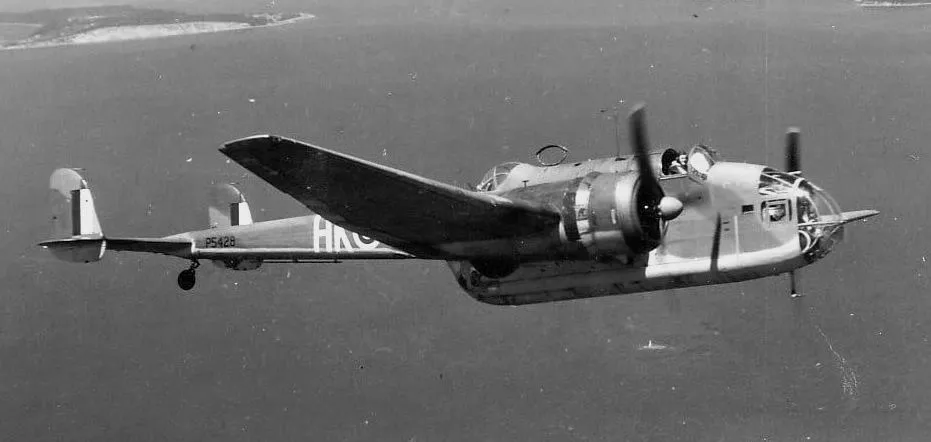5 (Coastal) Operational Training Unit. FS JG Newman (RCAF) was killed in Hampden I aircraft P 1199 when it was in a mid-air collision with Beaufort I aircraft L 9932 during a landing approach at Turnberry, Scotland
WO JE (Toby) Jones (RNZAF), FS WH Drury (RAFVR) and Leading Aircraftman FD Young (RAFVR) were also killed on Hampden I P 119
There were three RAF aircrew aboard Beaufort I L 9932. FS WH Drury (RAF) died of injuries, FS Goodson (RAF) was injured and crewman Cray (RAF) survived. Errol.Martyn www.rafcommands.com


